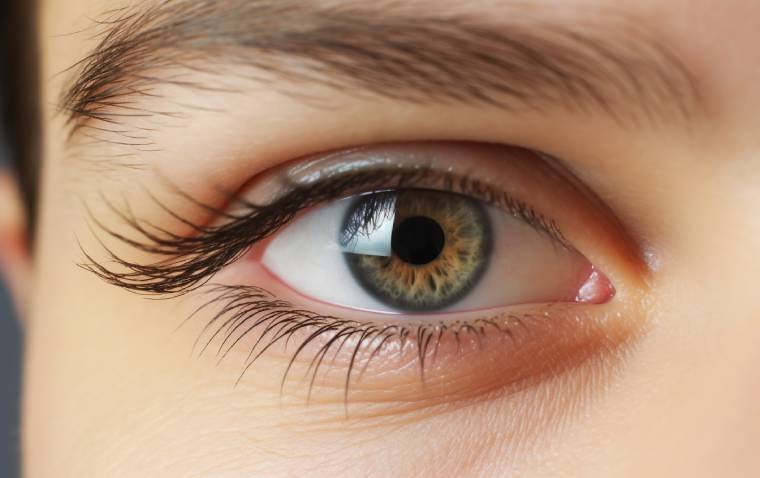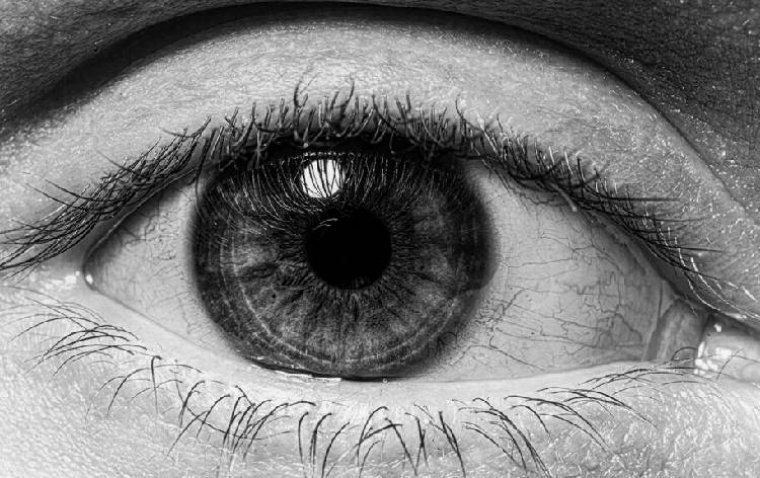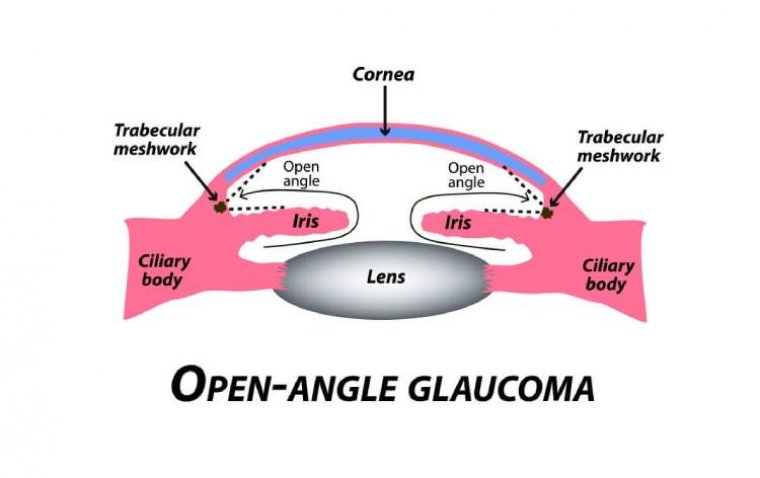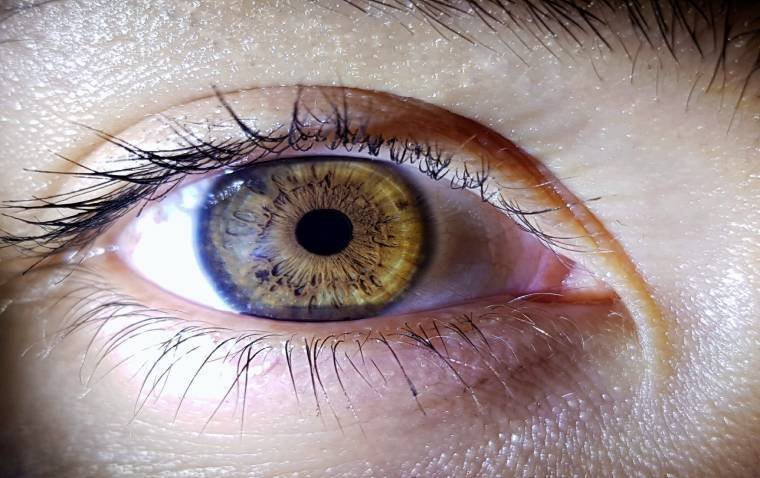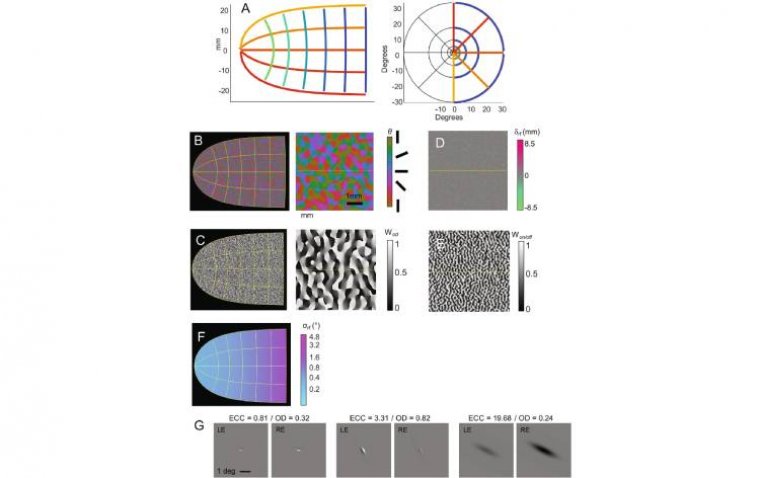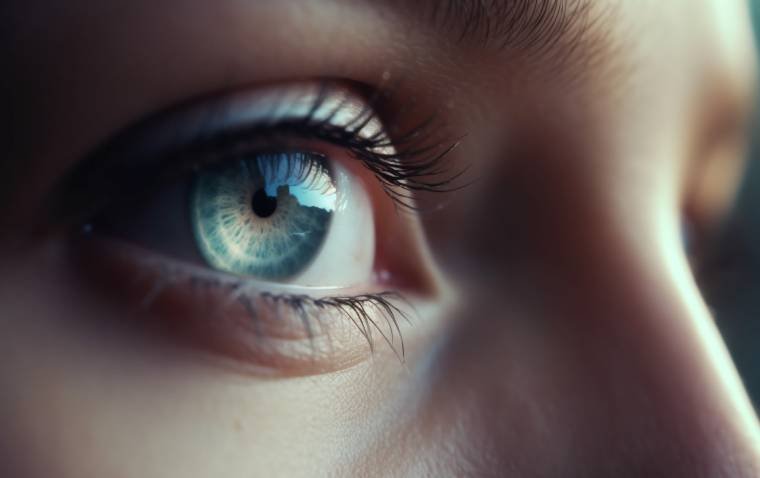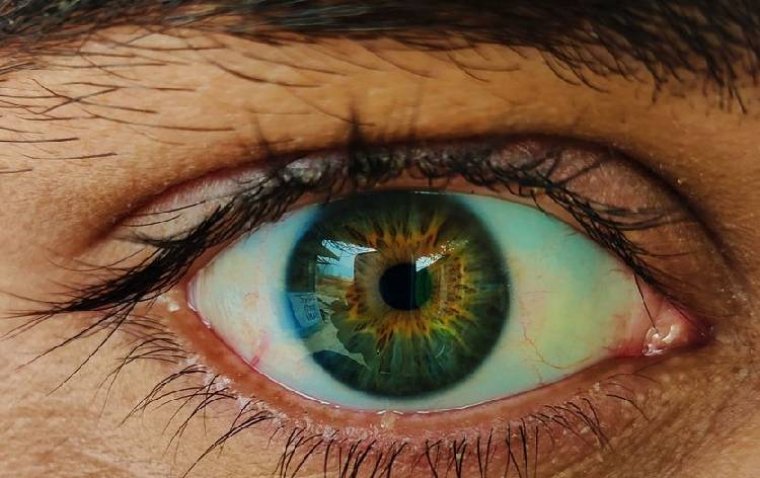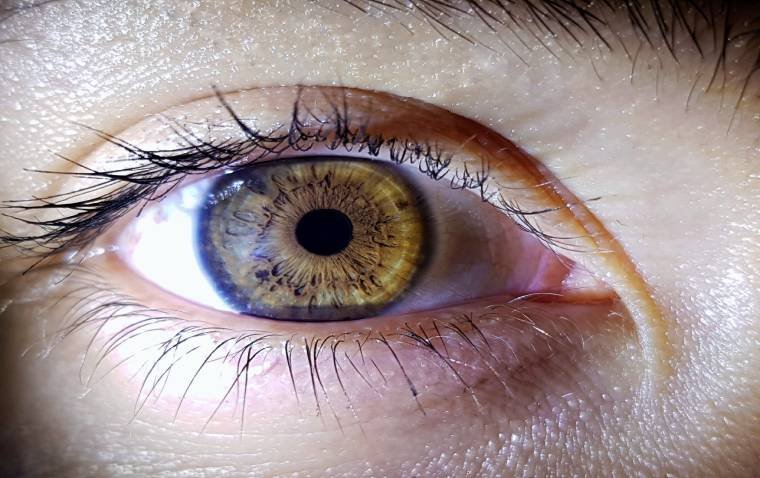
Vision Care and Fall Prevention Linked to Longer Lifespan in Older Adults
A new study from the University of Michigan reveals that vision impairment in older adults is strongly associated with increased fall risk and premature mortality. The findings, published in Innovation in Aging, suggest that integrating vision care with fall prevention strategies could meaningfully improve health outcomes and potentially extend lifespan in aging populations.
Vision Loss: A Hidden Driver of Health Decline
The research team, led by Shu Xu, PhD, a postdoctoral fellow at the U-M Institute for Social Research, analyzed six years of longitudinal data from the National Health and Aging Trends Study. They found a clear connection between self-reported visual difficulties, repeated falls, and higher mortality rates in adults aged 65 and older.
“Vision loss isn’t just an isolated health issue—it may be part of a broader chain of risks,” Xu explained. “Each fall compounds the danger, which may help explain why people with vision difficulties face greater health risks.”
Falls as a Mediator Between Vision Loss and Mortality
The study emphasizes that falls are not random events, but rather indicators of underlying, unmet health needs. Repeated falls linked to poor vision can accelerate the decline in physical and cognitive health, raising the importance of early interventions.
Practical Interventions: Eye Exams, Home Safety, and Resilience Training
The authors recommend a combination of low-cost, evidence-informed strategies to reduce fall risk and improve quality of life in older adults with vision impairment:
• Routine eye exams
• Improved home lighting
• Removal of tripping hazards
• Strength and balance training
These approaches not only promote independence but could also lower healthcare burdens by preventing fall-related injuries.
Clinical Perspective: Proactive Eye Care as Preventive Medicine
Co-author Joshua Ehrlich, MD, MPH, Associate Professor of Ophthalmology and Visual Sciences at U-M and Research Associate Professor at the Institute for Social Research, emphasized the importance of proactive care in aging populations.
“A fall shouldn’t be dismissed as just bad luck—it’s often a sign of unmet health needs,” said Ehrlich. “By addressing vision problems and building physical resilience, we can help older adults stay safer and even live longer.”
Call for Further Research and Policy Support
The authors stress that future research is essential to explore how integrated vision care and fall prevention programs could be deployed on a broader scale to support healthier aging. The findings reinforce the growing consensus that visual health is central to overall well-being in older adults.
Reference:
Shu Xu et al, Self-Reported Visual Difficulty and Mortality Risk Among Older Adults: The Mediating Role of Recurrent Falls, Innovation in Aging (2025). DOI: 10.1093/geroni/igaf016
(1).jpg)

